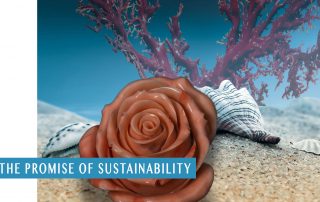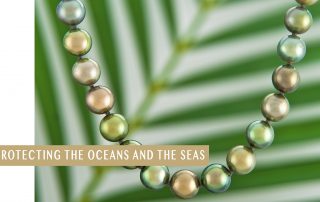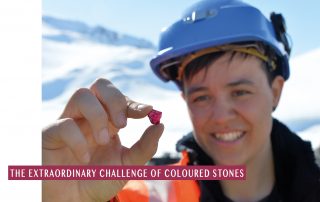CIBJO Congress 2018 set to kick off in Bogotá on October 15, agendas and related documentation now online
October 10, 2018
With the 2018 CIBJO Congress set to open in Bogotá, Colombia, in five days’ time, agendas and related documentation for the various sessions and meetings that will take place during the event are now available online. Contained in a Digital Binder, they can be downloaded from the dedicated congress website. To download the Digital Binder, please CLICK HERE.
The schedule of the CIBJO Congress includes a series of meetings of different working groups, called sectors and commissions, each of which focuses on a different sector or field of interest in the jewellery industry. The Digital Binder includes the agendas and documentation related to each of their sessions, as well as those sessions that encompass the entire CIBJO membership.
The congress venue will be the Grand Hyatt Bogotá, situated in the heart of Ciudad Empresarial Sarmiento Angulo, in the city’s commercial district, from October 15 to October 17, with pre-congress meetings starting on October 12. Between October 11 and October 14, the World Emerald Symposium will take place at the same venue.
Serving as the official venue for the meeting of the CIBJO Assembly of Delegates, the CIBJO Congress gathers the members of national jewellery and gemstone associations from more than 40 countries and representatives of many of the industry’s most important commercial bodies. During the event, the organisation’s Diamond, Coloured Stones, Pearl, Coral, Precious Metals and Gemmological Blue Books, which are industry’s most widely accepted directories of uniform grading standards and nomenclature, are discussed and updated.
The congress is being hosted by Fedesmeraldas, the National Federation of Emeralds of Colombia, and CDTEC, Colombia’s leading gemmological institute.






